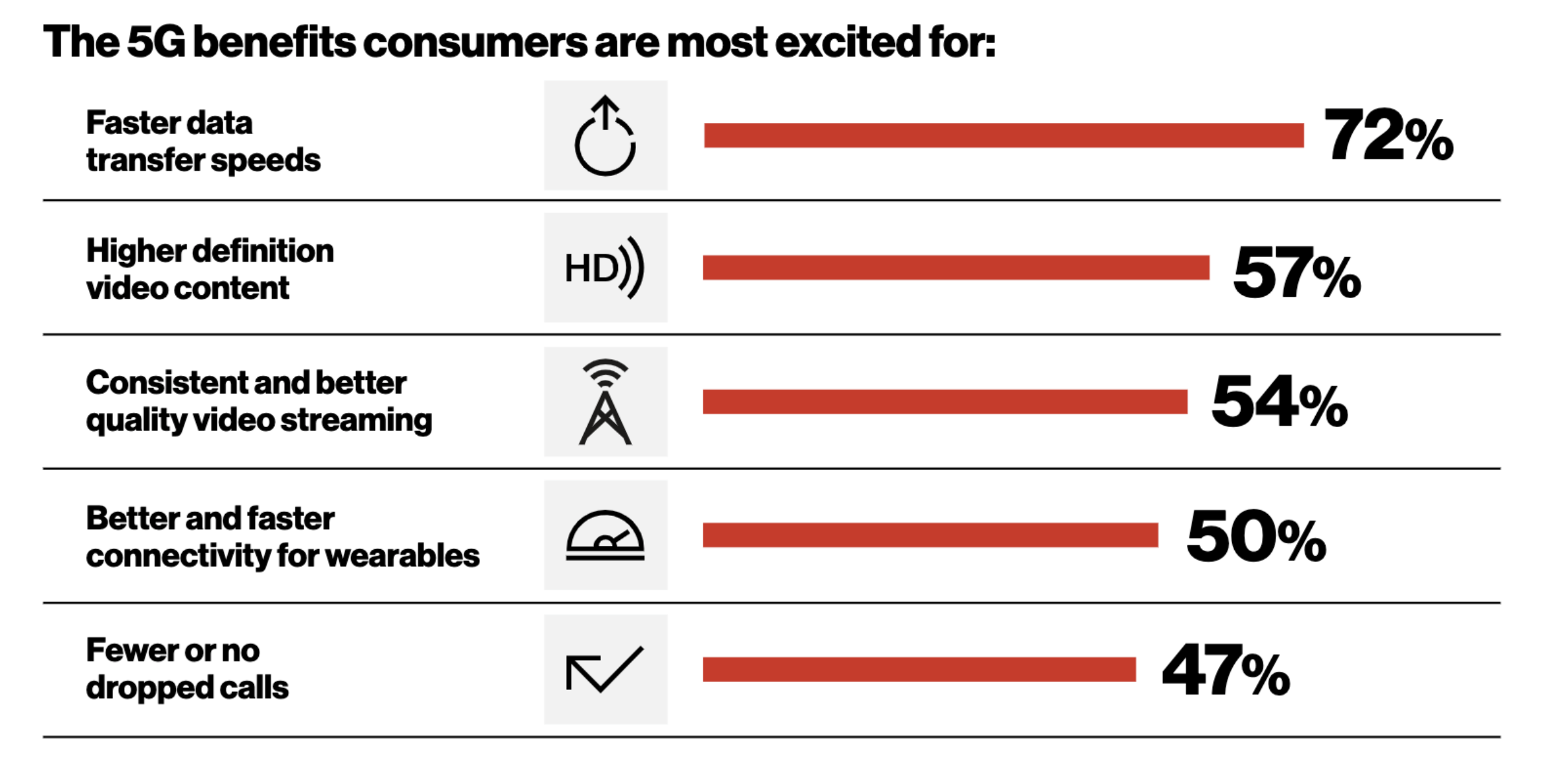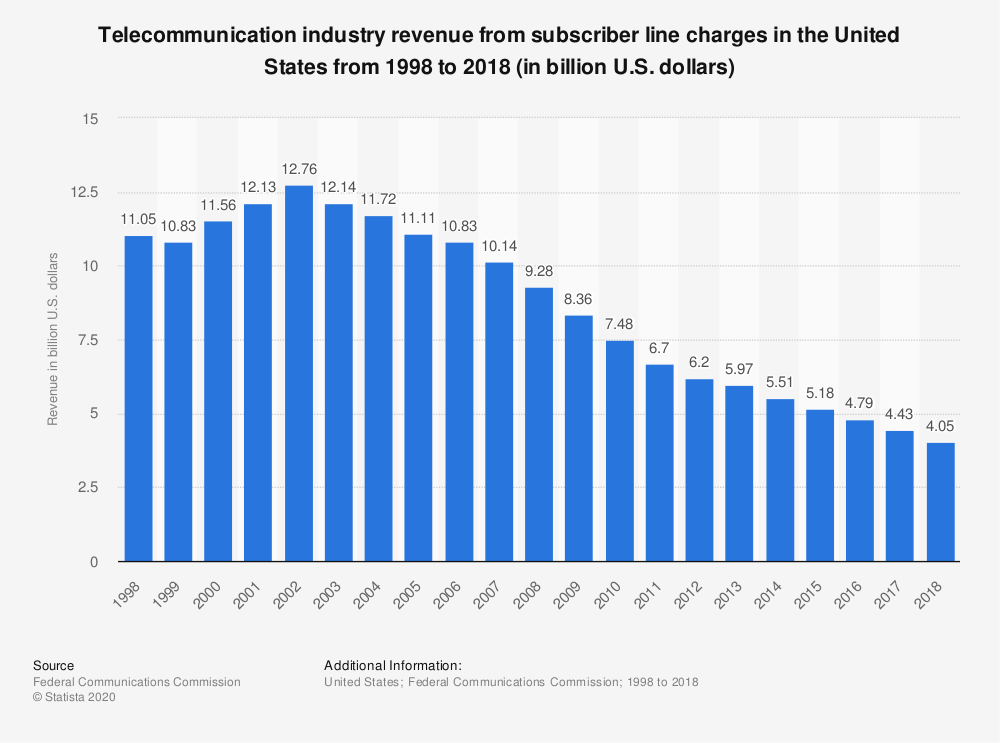Cloud computing is what made 2020 survivable, but it was a flustered and rushed switch to WFH for many back in March. Now the definitive backbone of modern business function, we’re able to start shifting attention back to innovation in the cloud. The base tools for unified communications and resources are there, and 2021 looks to be the year the world adapts tech to fit people, rather than the other way around.
Looking back at our predictions for 2020 trends, we have to say we were fairly on the nose—even if we only had two months of “normalcy.” Unsurprisingly, 2021 is on the same track in terms of main focus areas, with one major change: adaptation. Nearly every major trend under discussion falls into these three themes: people-centric, location agnostic, and resilience. (All of which makes perfect sense after an incredibly unreliable year of uncertainty and patchworked home offices.)
1. People First, not Tech First
Last winter the choice of tech took a backseat to bigger priorities—a sort of “work with what you’ve got and we’ll figure it out later” mentality as businesses scrambled to disrupt customers as little as possible during the pandemic. Now, nearly a year later, it’s time to figure it out. If 2020 taught us anything, it’s that we need to emphasize the importance of the humans on our team. With the first initial scramble to WFH long behind us (well, we think “long,” but honestly, who knows what time is anymore), there’s a distinct turning of the tide. Nobody lacks for business software tools. We’re swimming in communications platforms, cloud integrations, and everything-as-a-service. But the choice of which to use is now a priority. Here at OnSIP we’re used to BYOD life. Now everyone is catching on, which means many places are re-evaluating their telecom choices. (Yay, VoIP!)
We recently wrote a piece on human-centered business communications. Consider it the late-2020 guide on shifting behaviors that center on the people using the tech. Forcing your team to use software because it’s what someone arbitrarily picked off of a list is like fitting a square peg into a round hole.
It’s doubtful the business world will return to full in-house all the time—not just because of Covid, although no one can deny that’s a major factor. Truth is, hybrid and remote work have steadily risen for years. Even as people return to office life, expect a surge in integrations and platforms that emphasize a work-from-anywhere seamlessness. If you and your team have struggled with communications and data sharing, keep an eye on new tools coming your way.
2. Platform Competition and Disruption
Not every platform can be as popular as Zoom. Granted, that has its upsides. But every video hosting, WebRTC-based communications platform should brace for major competition. Tech innovation moves fastest with demand, and we can all agree that after PPE and paper towels, nothing is more in demand in the workplace than scalable, reliable, and secure video calling platforms. Good thing OnSIP thought of that nearly two decades ago!
Communications aren’t alone: There’s major disruption on the horizon for the cloud hosting behemoths. As Forbes put it, the main players we all love to loathe are prone to a “walled-garden approach.” They don’t play well with others and prefer to beef up their own marketplaces and acquisitions to solidify their place as a one-stop shop for all your cloud computing needs. Unfortunately for them, the people have spoken and the word is “multi-cloud.”
No longer do we have to choose among public, private, or on-premise cloud systems. Businesses aren’t single entities; they deal with supply chains, partners, and international contacts. And they want choices—one size does not fit all in any industry. As a result, the major players (Amazon, Google, Microsoft, etc.) are in for a reckoning this year. They’ll have to open up or see other hybrid options and alternatives like the ever more popular edge computing chip steadily at their revenue.
3. Buzzwords Continue to Buzz: 5G, AI, IoT, WebRTC
We wrote last year that 2020 would be the year of 5G. In our deep dive on the latest mobile generation, we also clarified that each new generation involves a years-long process before it becomes anything of a norm. You can usually gauge the mainstream-iness of any new tech by its ad spots. Highly competitive Super Bowl LIV pushes between T-Mobile and Verizon furthered the idea that 5G would start to settle in, at least in major metropolises, for those who bought the latest smartphones the moment they dropped.
Everything post-Super Bowl LIV severely impeded necessary 5G infrastructure rollout, it’s true. But recent ads from the same carriers prove that progress continued. Instead of carefully staged publicity stunts in a single stadium, new 5G spots show happy Millennials video chatting while bouncing around city streets. Around the same time these started airing, Apple dropped its 2020 iPhone batch—all of which are 5G capable, unlike last year’s line.

Speaking of video calls, we can’t discuss 5G without looping in WebRTC and the IoT. For those of us immersed in the VoIP world, it’s easy to forget that WebRTC isn’t exactly a household term. Yet. WebRTC, the IoT, and AI all swirl in the same sphere, with AI-led hyperautomation not far behind. (We’ll get into that in a bit.) For those who don’t know, WebRTC is Web Real-Time Communication, a fancy term for basic video, voice, and text chatting over the Internet. The great thing about WebRTC is that it’s been open source from the start: designed to decrease jitter and latency through new standards and collaboration. 5G too will help lower packet loss, which prevents stuttering connections. The two provide faster data transfer and better video quality, something we think everyone will enjoy after the “Year of Zoom.”
Together, 5G, WebRTC, and AI create the perfect storm of speed and connectivity, from actual calls to file sharing to automation. It’s up to us to learn how to interpret the data from AI algorithms and swifter communications so that we can focus our intelligence on innovation and collaboration. After all, doesn’t the saying go “Work smarter, not harder?” Why waste time scheduling calls, gathering materials, or monitoring capacity when project management and similar software can handle that for you? It looks like the Robot Revolution (Evolution?) is here, and its role is to handle the busy work that takes up so much of our days.

4. Say Goodbye to Analog, Meet Hyperautomation
This time last year, talk of AI’s place in the cloud was mainly focused on its use in customer support. Now, instead of hearing “AI'' and thinking only of chatbots, shift your sights to the type of automation that can speed everyday workflows and maintenance. Hyperautomation is the general idea that if you can automate it, with advanced tech, you should automate it. For example, AI and machine learning algorithms can monitor areas for ideal conditions—like temperatures in server rooms or capacity in a public space.
Speaking of servers, they’re one of many legacy systems that aren’t long for this world. A key theme of 2021 cloud tech trends is resiliency. On-premise legacy systems are bulky, both in terms of physical space and infrastructure requirements. And if you’re suddenly working from home for nine straight months? Your on-premise tech doesn’t do you much good. Serverless is the future, and the sun is setting on other analog standbys. BYOD is replacing desk phones, pushed along by 5G and WebRTC development with the IoT. Even if we aren’t all jumping into the extreme nomad lifestyle, we can’t exactly pack up our office desktops every time we need to switch back to the home office. On-premise disaster recovery (DR) systems are out the window, too. Even blockchain is taking over telecom number porting! So in sum: If it can go in the cloud or fit in a bag, its analog counterpart is ready for retirement.

5. Last but Never Least: Cybersecurity
If it feels like we’ve been talking about cybersecurity at length this year, it’s because we have.
Trust us, we would LOVE to stop writing about password best practices and why you should limit permissions. Alas, some people continue to use the world’s worst passwords, so here we are again. This is no time for scary stories of the big bad hackers coming for your PII and credit card info. The cyber boogeymen are very real and very active. March 2020 alone saw a 667 percent increase in Covid-themed spear phishing, and don’t even get us started on how lax the healthcare industry is about cybersecurity.
Besides the Jeff Bezoses and Elon Musks of the world, hackers are the only ones who had a banner year in 2020. And you can bet your most “secure” password that 2021 will be worse. So please, please check in on your personal and professional cybersecurity practices. Set up quarterly sweeps of weak points and permission checks. Enforce regular cyberthreat training and good habits like password managers with your team, and lead by example. Brush up on the latest data privacy laws at home and abroad because trust us, your budget doesn’t want to deal with the fallout. If not for your security and professional reputation, then for the sake of our writer. If she has to parse through another legal document to distill the most basic cyber common knowledge, her brain might melt. We all at OnSIP thank you, and wish you an unhackable 2021!

